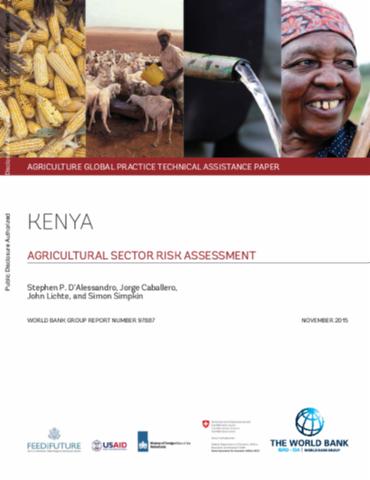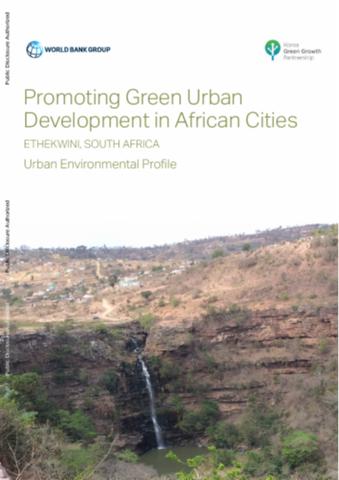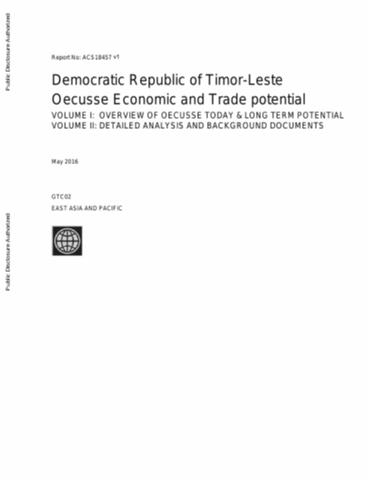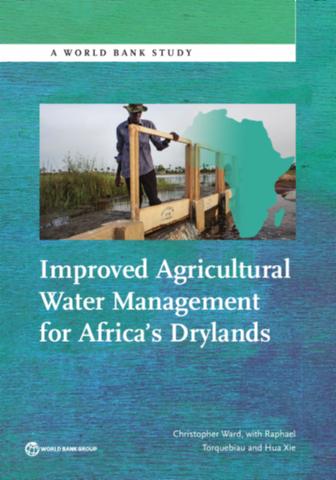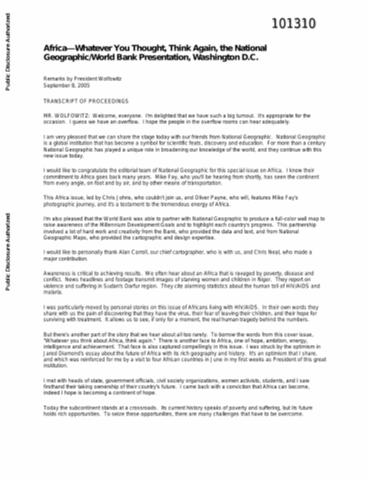Measuring National Income and Growth in Resource-Rich, Income-Poor Countries
In the decade leading to the recent commodity boom, which peaked in 2007-08, several resource-rich, low-income countries displayed high rates of gross domestic product (GDP) growth while social indicators did not improve significantly. It is well known that, in itself, the widely tracked GDP may not be the most relevant summary of aggregate economic performance in all places at all times.


